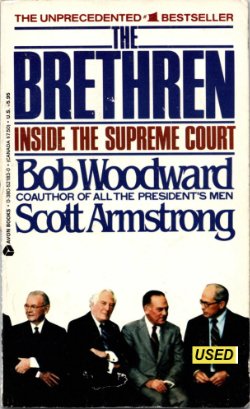Edited by Ulrich Pallua, Adrian Knapp and Andreas Exenberger
"The publications of the interdisciplinary and internationally networked Research Platform “World Order – Religion – Violence” seek to improve our understanding of the relationship between religion, politics and violence. It therefore deals especially with the return of religious themes and symbols into politics, with the analysis of the link between political theory and religion, and finally with the critical discussion of the secularization thesis. At the centre of the research are questions concerning the causes of violent conflict, the possibilities for a just world order and the conditions for peaceful coexistence on a local, regional, national and international/worldwide scale between communities in the face of divergent religious and ideological convictions. Its task is to initiate and coordinate thematically related research-efforts from various disciplinary backgrounds at the University of Innsbruck. It creates a network between departments, research-teams and single researchers working on topics of religion, politics and violence. The overall aim of the research platform World Order-Religion-Violence is to promote excellence in social and human science research on religion and politics at the University of Innsbruck and to guarantee the diffusion of this particular competence on a national and international level."
Innsbruck: innsbruck university press, 2009. 256p.





















